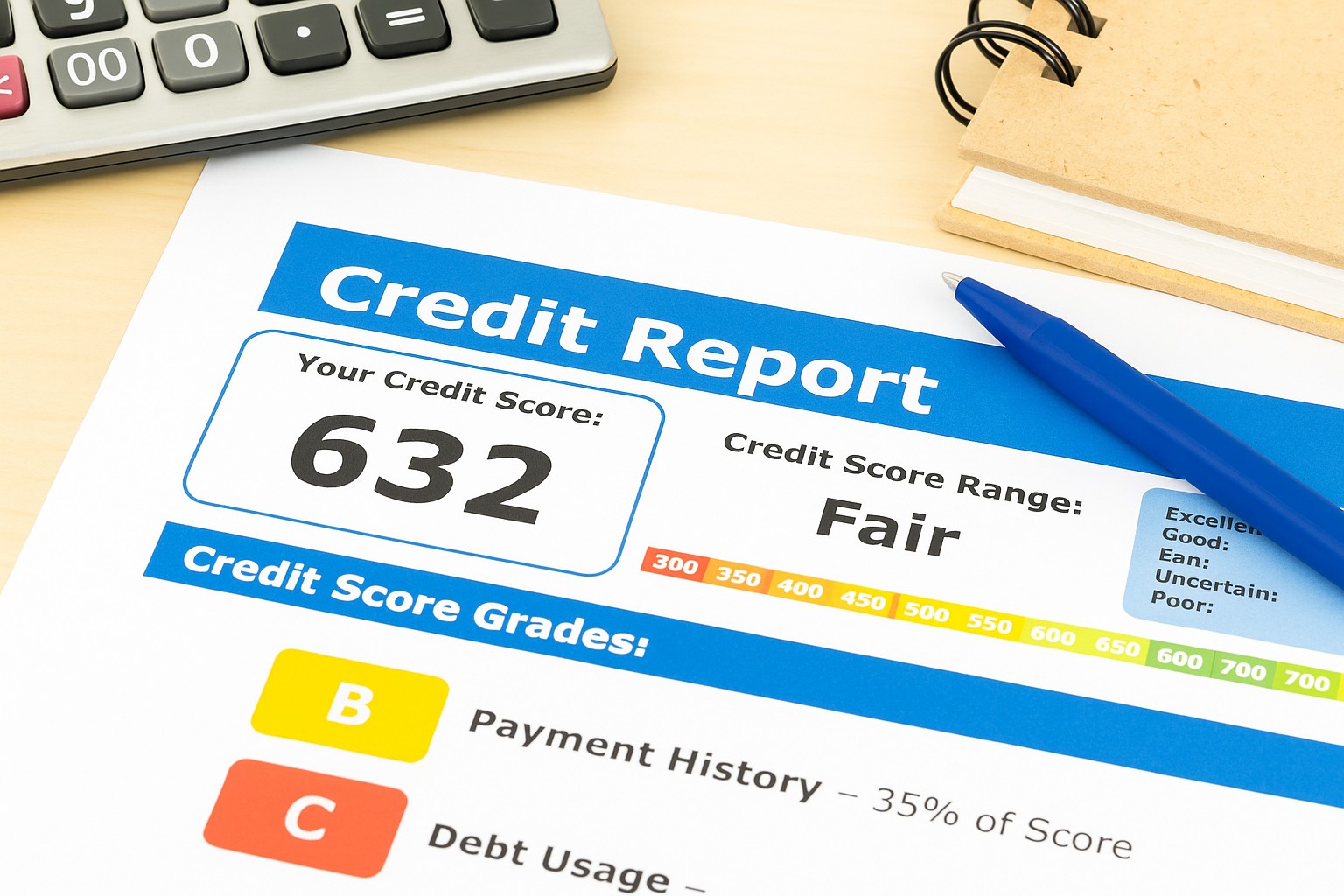Tired of high-interest credit card debt eating away at your budget? And you’re hearing that a balance transfer card can provide a way out? Here’s the catch—the offers you’re hearing about generally only help those with good or excellent credit. If you have fair credit or below, the benefits may be out of reach.
However, balance transfer cards for fair credit do exist. It’s just that the best benefits, such as the 0% introductory APRs or extended promo periods, are often minimized or nonexistent, significantly reducing the value of a balance transfer card for debt consolidation.
Here’s a look at how a balance transfer card can work in your favor, why it may not be the best option if you have fair or poor credit, and take a look at better ways to deal with your existing debt load if that’s the case.
Related Article: How to Budget With Credit Cards Without Going Into Debt
Key Takeaways
|
What Is a Balance Transfer Card?
A balance transfer card lets you move existing credit card debt to a new card in an effort to reduce the number of payments you make each month and, ideally, lower your overall interest rate. The best balance transfer cards offer a lower or 0% introductory APR for several months to two years.
The idea is to reduce interest costs in the short term, make more of your payments go toward the principal balance, and, through your dedication to making payments, eliminate the transferred amount within the promotional period when the APR will jump significantly.
However, good to excellent credit is typically required to qualify for these credit card products, as lenders extend the transfer perks only when they believe there’s little risk involved.
Related Article: How Many Credit Cards Should I Have?
Can I Get a Balance Transfer Card With Fair Credit?
You can often find credit cards that claim to be focused on helping borrowers with fair credit. However, you may not be happy with what you find in the small print. Many of these options offer reduced financing, but not 0%, on transfers.
Additionally, the promo terms can be quite short, ranging from as little as three months, which makes their usefulness pretty weak. Failing to make every payment on time can also come with expensive consequences.
Fair credit typically refers to a FICO score between 580 and 669. In that range, lenders see more risk, so the cards you can qualify for tend to come with higher ongoing APRs and shorter promotional periods, or no real promo period at all.
Instead of a 0% intro APR, you might see 15% to 25% interest from the start, plus the standard balance transfer fee of between 3% and 5%. While that may be a better rate than some of your existing cards, after the promo period, it’s not uncommon for your rate to jump to over 30%, which diminishes the long-term usefulness of the new card.
So, yes, you can get a balance transfer card with fair credit, but it’s almost always true that the benefits will be far less appealing than if you could qualify for a better card.
Can I Get a Balance Transfer Card With Poor Credit?
It’s extremely rare to find and qualify for a balance transfer card with poor credit. If your credit score is below 580, most issuers won’t approve you for a balance transfer card with favorable terms.
Even if you do qualify, the offers will often lack any introductory rate or will carry high fees and limited credit lines.
Related Calculators to Help You Plan
- Personal Loan Calculator
- Debt Consolidation Calculator
- Home Equity Loan Calculator
- HELOC Payment Calculator
- Early Loan Payoff Calculator
- Debt Snowball Calculator
Pro Tip:Our on-staff certified financial educator states that if you have poor credit and need to consolidate unsecured debt, your best move is to consider a secured credit card, or prequalify for a personal loan or debt consolidation loan before applying for regular credit cards. When your score improves to the ‘fair’ or ‘good’ range, start thinking about easy-to-qualify for basic rewards cards. Use the preapproval step to help you choose the best one without affecting your credit score before you apply. |
Related Article: How to Consolidate Credit Card Debt
Are Balance Transfer Cards for Fair Credit Worth It?
The question, are balance transfer cards for fair credit worth it, gets a bit murky. The overall rule is that if it saves money, it can be worth the effort. The trick comes down to understanding what, and how much, you can save. Sometimes the savings are so small, it’s not worth the effort and the added hit on your credit score from applying for another card.
So, the quick answer is that it’s usually not worth it. However, it depends on your situation. If you don’t qualify for a card with a true 0% introductory APR offer, the cards you can qualify for generally don’t deliver meaningful savings.
Related Article: Does Debt Consolidation Affect Buying a Home?
Quick Comparison Example
Here’s how it could look when transferring funds from an existing card to a balance transfer card for fair credit that lacks the 0% APR intro offer versus simply paying off the existing card in the same amount of time.
| Current Card Details | New Transfer Card Details | Difference | |
| Current Debt Balance | $5,000 | $5,000 | N/A |
| APR | 24.99% ongoing rate | 15.99% intro offer changes to 28.99% after one year | 9% lower for 12 months and then 4% higher |
| Balance Transfer Fee | N/A | 5% ($250) | +$250 |
| Interest Paid for One Year | $702.36 | 443.57 | ($443.57 interest + $250 transfer fee) $8.79 saved |
As you can see, the interest savings look appealing. However, when you figure in the mandatory balance transfer fee, your total savings for an entire year of effort are just $8.79. Additionally, your credit score will still be feeling the negative effects of having applied for the new card, and your interest rate will now be higher than it was with the old card.
Keep in mind that this is just one typical example, and your analysis can be very different based on the debt involved and the card offer you find. Just be wary of the fine print.
What Are Better Alternatives to Balance Transfer Cards?
If a balance transfer credit card doesn’t look like the best option for you right now, you still have several alternatives.
Personal Loans for Fair Credit
The best personal loans can be used for virtually any legal purpose, including consolidating debt on credit cards or other loans. They’re also handy for covering emergency expenses or major purchases, so you can keep cash free to better pay down your other debts. Even borrowers with fair credit often qualify for decent rates, far below those of many credit cards.
As an added benefit, personal loans are installment loans rather than revolving accounts, which can help improve your credit mix and, potentially, help boost your score over time. Additionally, many providers, such as Credible, offer multiple borrowing options and prequalifications that don’t affect your credit score or appear to lenders on your credit report.
Debt Consolidation Loans for Fair Credit
Debt consolidation loans work similarly, but they’re used specifically to pay off credit card and unsecured debt. Some providers pay your creditors directly to keep things simple. Because lenders treat debt consolidation loans differently from personal loans, they see them as slightly less risky and often offer more favorable terms than you might find elsewhere.
How Can I Improve My Credit for a Better Balance Transfer Offer Later?
The first step is to continue making on-time payments on all your existing debt, or consider a personal or debt consolidation loan if necessary. To qualify later for a true 0% balance transfer, maintain these habits:
- Make every payment on time.
- Keep credit card balances low (ideally under 30% of each limit).
- Limit new credit applications.
- Keep your oldest accounts open to preserve the length of your credit history.
Once your score climbs to the fair or good range, you’ll start seeing better promotional offers available to you that might actually make a balance transfer worthwhile.
The Federal Deposit Insurance Corporation (FDIC) states in bold print that, “A good credit report can lead to good credit card offers.”



